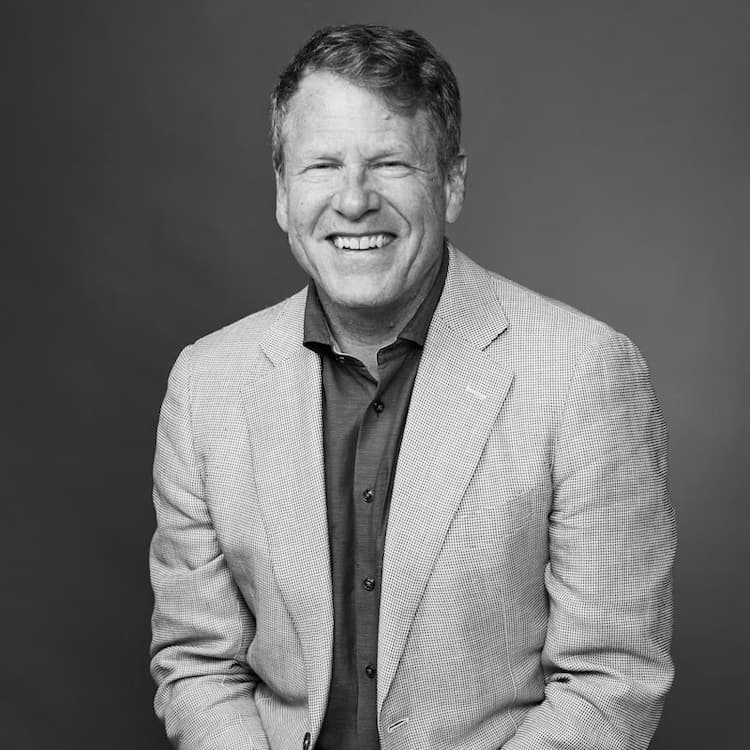Family Office
NextGen's Wealth Creation Imperative – In Conversation With AITi Tiedemann

The first generation of a UHNW family might focus initially on protecting – and enjoying – what they have. And rightly so. But at some point, as a family expands, it must switch into creation mode. We talk about this and more to AITi Tiedemann Global following its recent report on family office trends.
Second and third-generation families cannot just rely on
preserving wealth but must grow it as family members increase.
They should also be inspired by how the early business creators
got their start, AITi Tiedemann
Global says.
There are shifts in the priorities that ultra-high net worth
generations attach to the riches their ancestors created, but at
some point, a focus on creation needs to return to centre-stage
as the ranks of a family expand, the multi-family office told
this news service in a recent interview.
“A big part of it has to be how to capture and document the
history of how a family made the wealth and passed it down in a
way that inspires future generations,” Erik Christoffersen
(pictured), head of the family office practice at AlTi Tiedemann
Global, said.
“Once you go beyond the first generation and the makers of the
wealth, the spouse and the children don’t have quite the same
relationship with the family wealth. They are starting to look
beyond the preservation of the wealth. As a family expands, to
Gen2, Gen3 and 4, wealth preservation is not enough,” he
said.
Christoffersen spoke to this news service a few days after his
firm, alongside Campden Wealth, issued the
Family Office Operational Excellence Report 2025.
The latest report producers surveyed 146 family offices – 82
respondents from North America, 42 in Europe, and 22 in Asia. The
survey was conducted between November 2024 and March 2025.
A growing number of family offices recognise the importance of
defining the broader purpose of their wealth, exploring how
resources can be used as a tool to support individual wellbeing
and help families to flourish. Families are thinking beyond
capital preservation and growth, looking at how money can enhance
quality of life, offer access to education, deepen relationships,
support entrepreneurship, and advance philanthropic, community,
and social objectives, the report said.
Talent challenge
Christoffersen said one feature of the 124-page report, stating
that talent remains the single largest operating expense and a
top priority for family offices, confirms what a huge demand
talent management is.
A task, he said, is to go beyond the family office as the sole
source of talent and consider the talent outside the firms they
have outsourced relationships with.
“This will help family offices build additional capacity…with
such outsiders contributing new intelligence, analyses, and
provide recommendations for decisions,” he said.
Different shapes and types
There are four main forms of family offices that Christofferson
said apply today: Those that are embedded in a family-run
operating business; focused family offices with a single goal,
such as investing the family wealth and providing administrative
services for a household; outsourced family offices; and large
family offices that provide a comprehensive suite of
services.
Establishing the right model is important, because for a lot of
wealth creators who have had a successful liquidity event – such
as selling a firm or floating it on the stock market – FOs create
a way for them to achieve a new purpose in life.
To decide the right model, Christofferson added: “Focus on what
you will enjoy doing and believe you can do well. For everything
else, get a hybrid partner and outsource it. You don’t need to do
it all yourself.”
The AITI Tiedemann Global/Campden Wealth report came out on the
same day that BNY Wealth – part of the US bank, BNY –
issued its report exploring the investment interests of the
world’s family offices. Early summer is a busy time for wealth
reports, as shown by the recent publication of the annual
Capgemini
World Wealth Report.